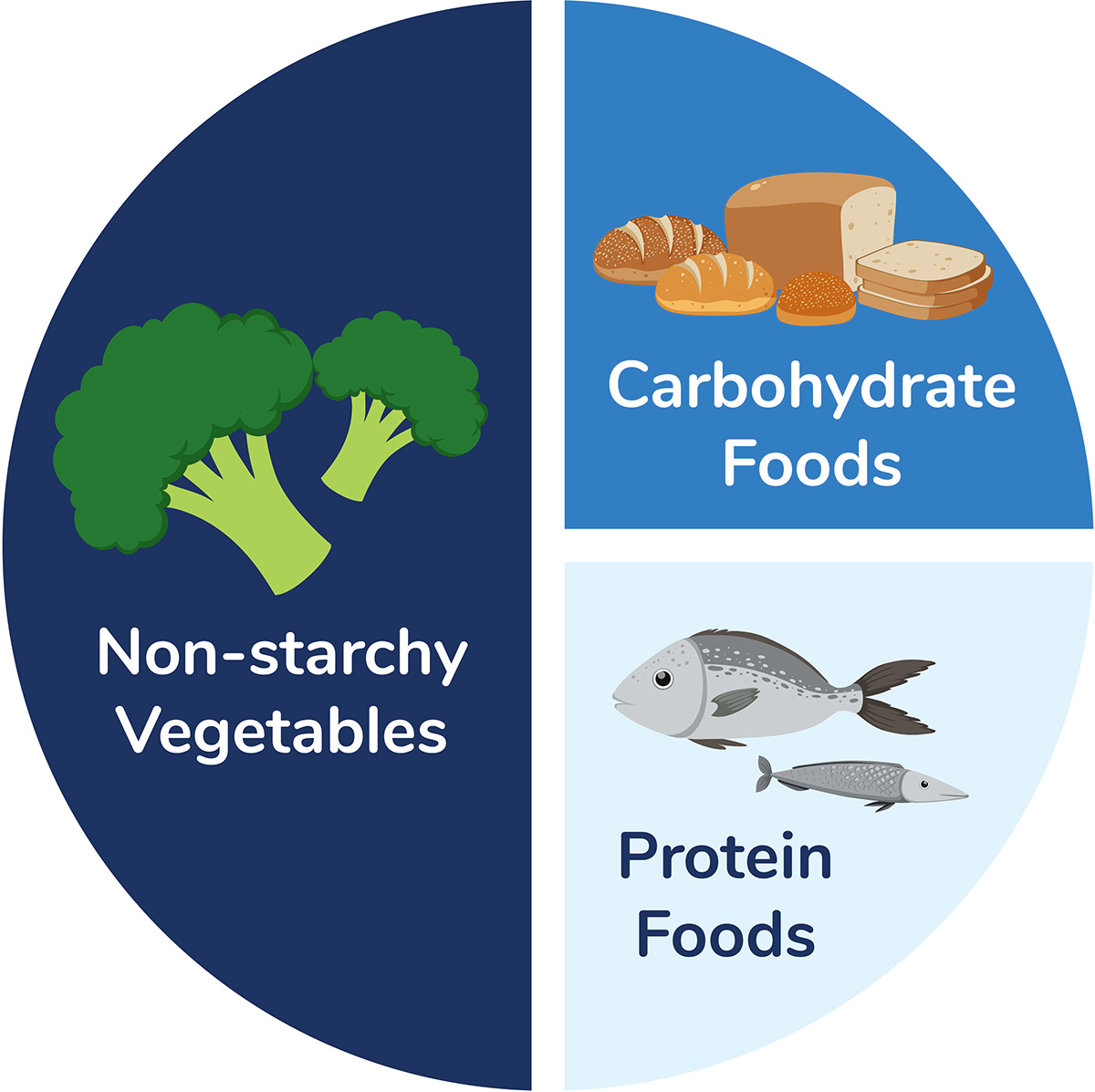
8 Tips For Seniors Coping With A Type 2 Diabetes Diagnosis
So, you or your loved one was just diagnosed with type 2 diabetes. You might be confused. Maybe frustrated or even a little scared?
First things first — it’s important for you to know that whatever you’re feeling is completely normal. It is common to have a mixture of emotions after receiving a diagnosis for type 2 diabetes. It’s so common, in fact, that we’ve compiled a list of our top tips for coping with a new type 2 diabetes diagnosis for seniors.
Here are eight things to keep in mind or to share if you or your loved one has just been diagnosed with type 2 diabetes.
1. Understand That Your Diagnosis Is Not Your Fault.
Some people find themselves carrying guilt, assuming that their diagnosis was somehow self-inflicted. But developing type 2 diabetes does not represent a personal failure.
While diet and lifestyle choices can play a role in developing the condition, there are other factors that can contribute to a person’s risk for type 2 diabetes, too.
In addition to weight and diet, these factors can contribute to the risk of diabetes:
- High blood pressure
- Family history
- Age (above 45 years)
- High cholesterol levels
- Ethnicity and race
2. Get Educated On Diabetes And What It Will Mean For You.
The more you know about diabetes, the more prepared you will feel navigating your diagnosis. Remember, although your diagnosis feels unfamiliar now, eventually it will become familiar in your daily routine.
So, take your diagnosis one step at a time. Ask your medical provider any questions you have and research more about your diagnosis until you feel prepared to manage your type 2 diabetes.
3. Follow Your Treatment Plan.
Because type 2 diabetes is a progressive disease, it’s crucial to address it head on. The sooner your diabetes is addressed, the more manageable it will be in the long run. That’s why it’s important to take care of your diabetes as soon as possible.
Work with your medical professionals to implement changes to your lifestyle and start your treatment plan.
4. Choose Foods Low In Carbs And Added Sugar.
Food has a significant impact on glucose levels.
There is not one specific diet that is prescribed for someone with type 2 diabetes, but one method that often works for people is called the diabetes plate method. The diabetes plate method is a simple, visual way to make sure you are getting enough vegetables and protein while limiting the number of high-carb foods you eat — because these carbs have the highest impact on your blood sugar.
Imagine a 9-inch dinner plate. Half of your plate should be filled with no starchy vegetables (like a salad, green beans, broccoli, cauliflower, cabbage or carrots); one quarter should have a lean protein (like chicken, turkey, beans, tofu, or eggs); one quarter should have foods high in carbs (like grains, potatoes, rice, pasta, beans, fruit, yogurt, or a glass of milk). It’s best to choose water or a low-calorie drink like unsweetened iced tea to pair with your meal.

5. Exercise Regularly.
Did you know exercise can lower blood glucose levels in addition to improving your health?
That makes exercise a powerful, though often underutilized tool, to manage your type 2 diabetes and minimize the number of medications you need to take. Those with diabetes should exercise regularly, so find a sport or exercise routine that works for you — and that you enjoy!
6. Track Your Glucose Levels.
It’s important to take random blood sugar tests to identify patterns in your overall glucose levels. Your doctor may recommend a device called a continuous glucose monitor (CGM). Or you can test your blood sugar at home with a portable electronic device called a blood sugar meter using a small drop of your blood.
7. Consult A Diabetes Educator.
A diabetes educator specializes in diabetes self-management and education. They help people with diabetes gain the knowledge, skills and confidence to thrive with diabetes. They can also provide your loved ones with the tools and tips for helping you manage your condition.
The American Diabetes Association (ADA) has resources to find a diabetes educator in your area, so if you have questions, consider contacting a diabetes educator near you for help.
8. Make Plans For The Future.
Even with diabetes, you can live a long healthy life. Consider planning something for the future that you enjoy.
Whether that’s a weekend away, a concert or event, or starting a project that will take time to complete, giving yourself something to look forward to that you enjoy will help remind you that, though a type 2 diabetes diagnosis may be overwhelming at first, it’s a diagnosis you can live with.
